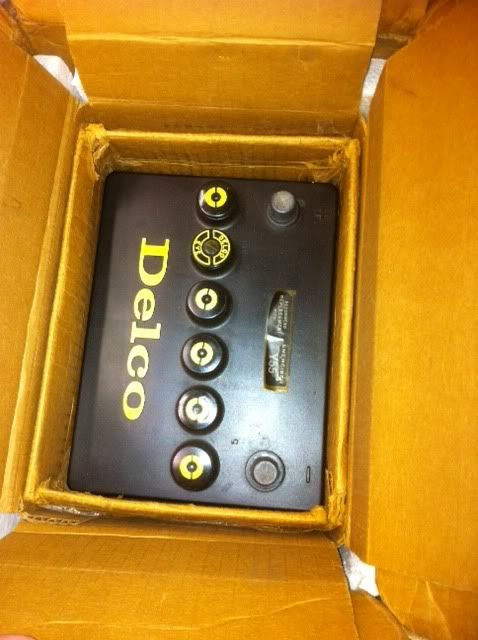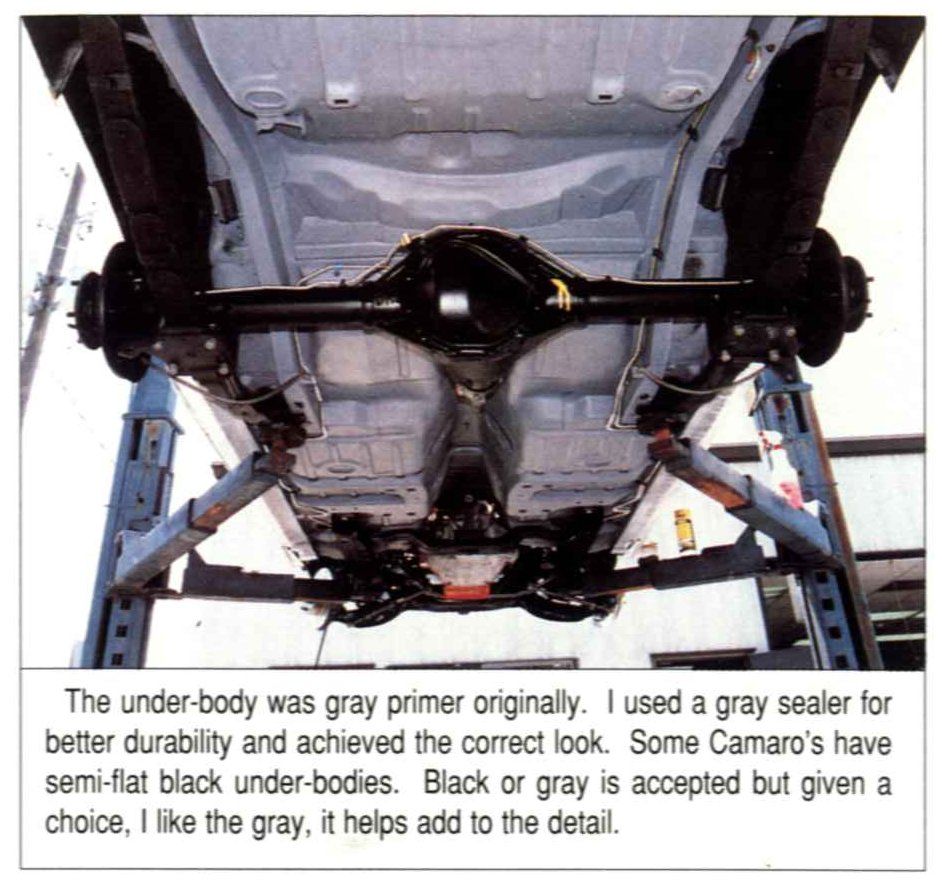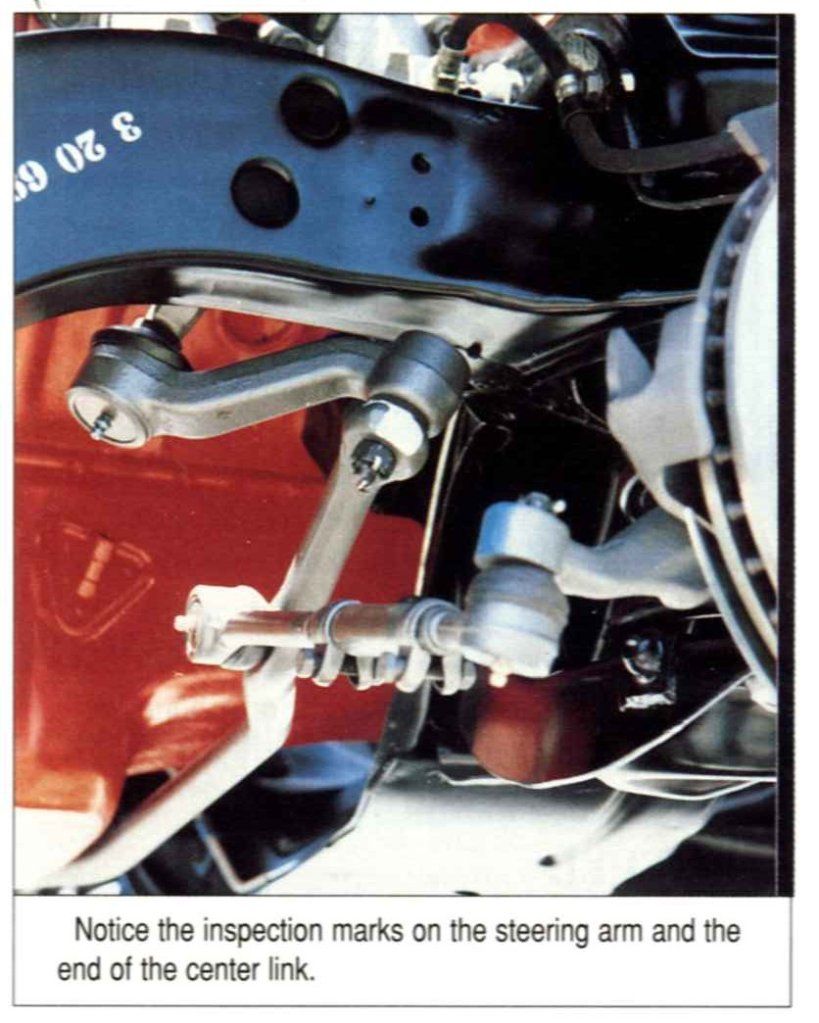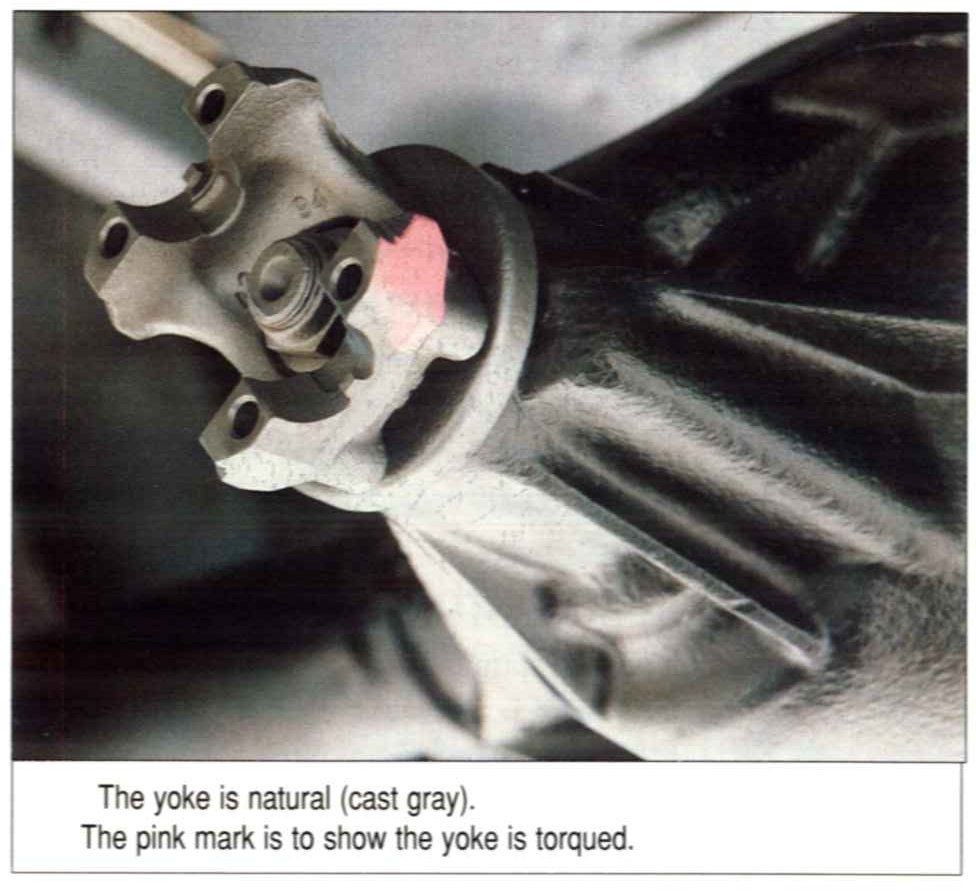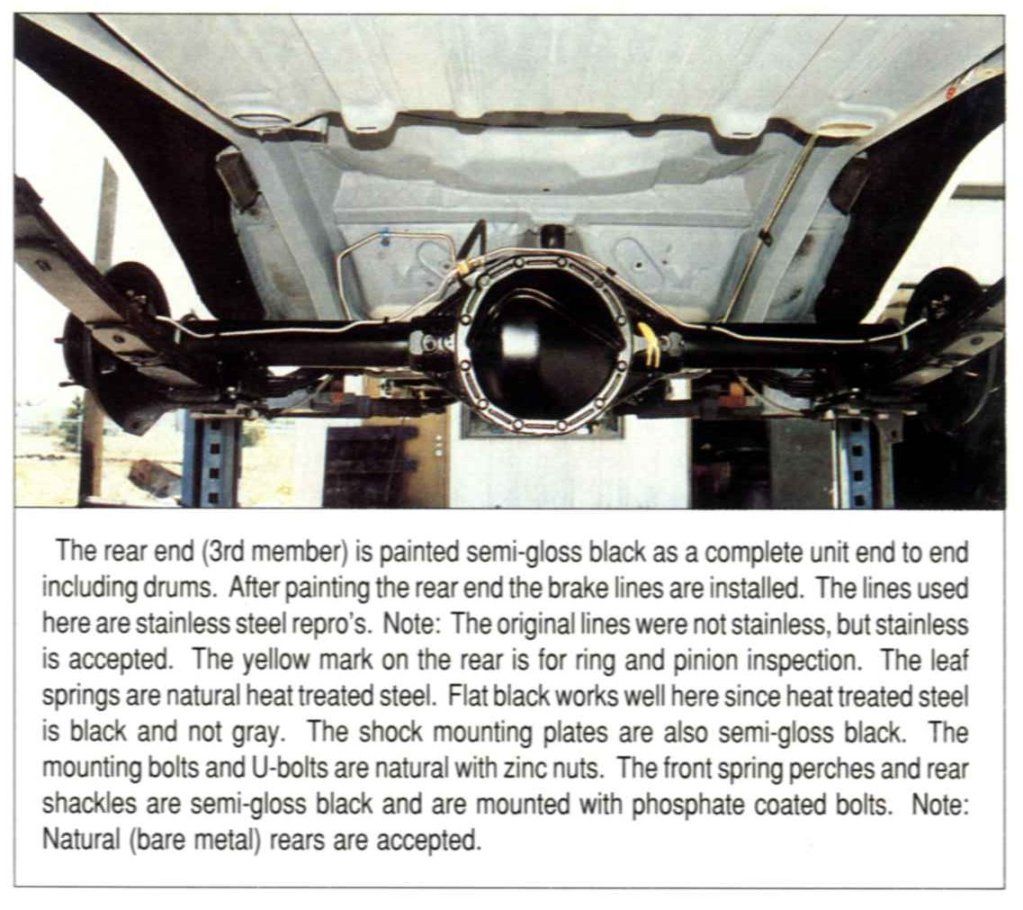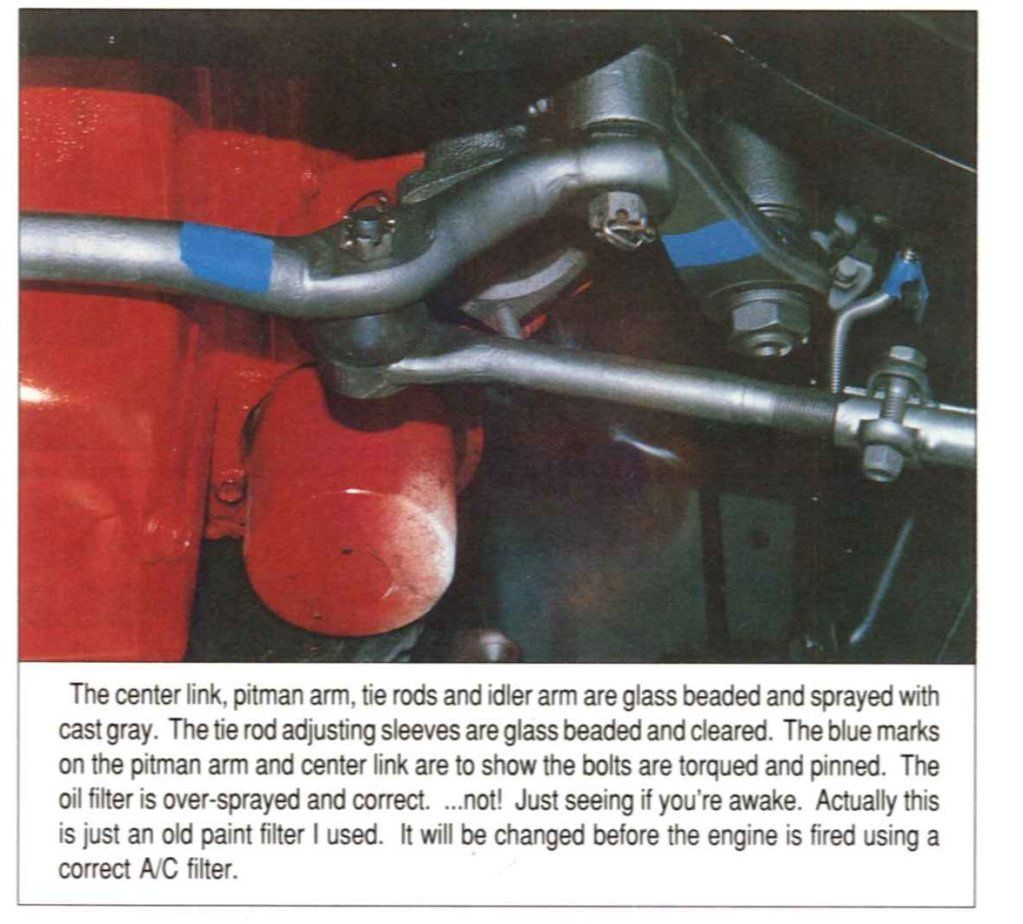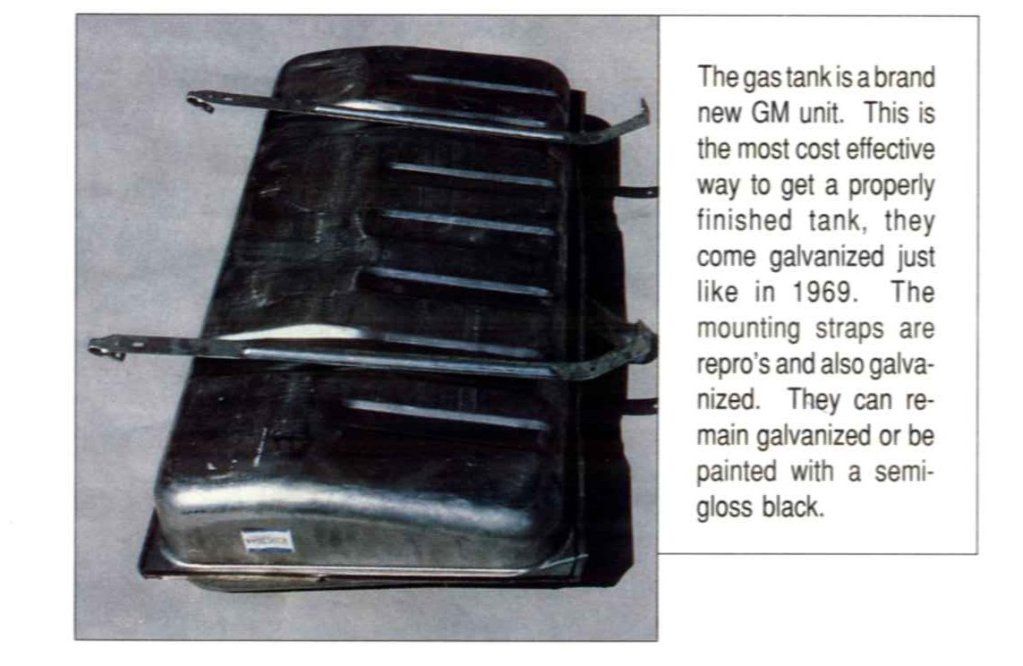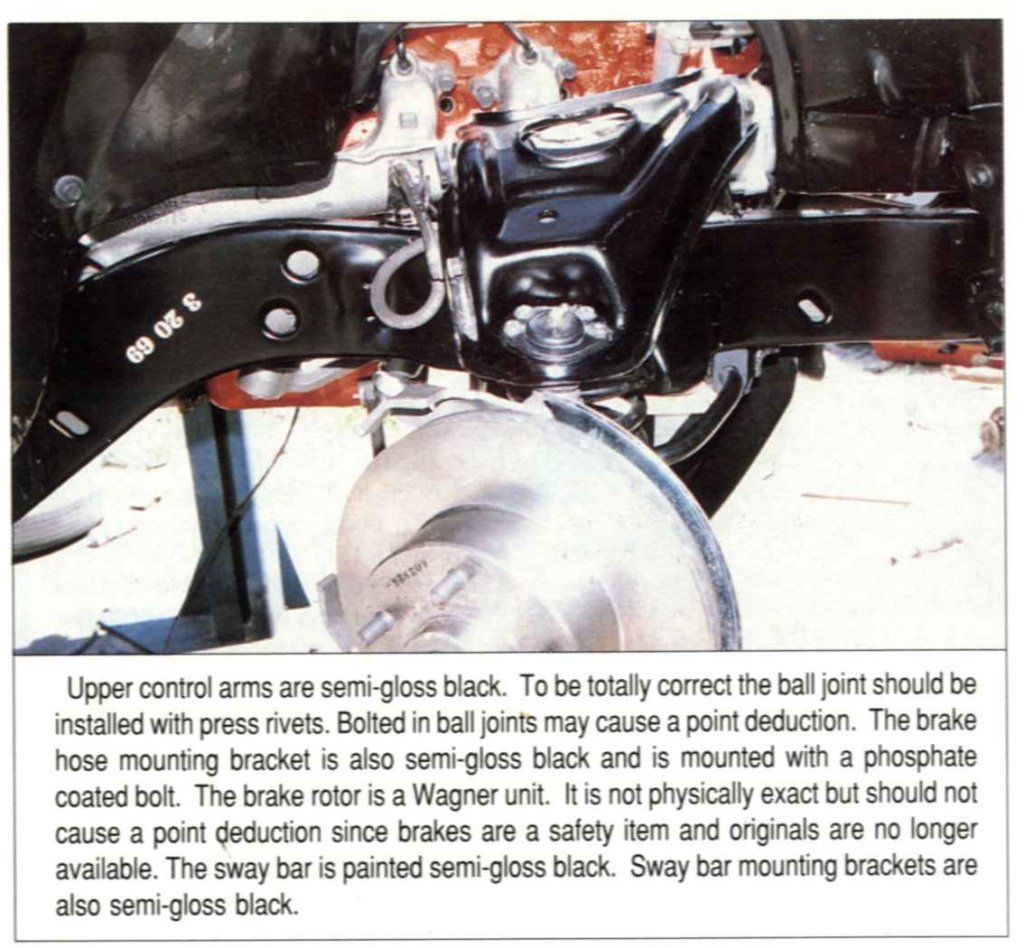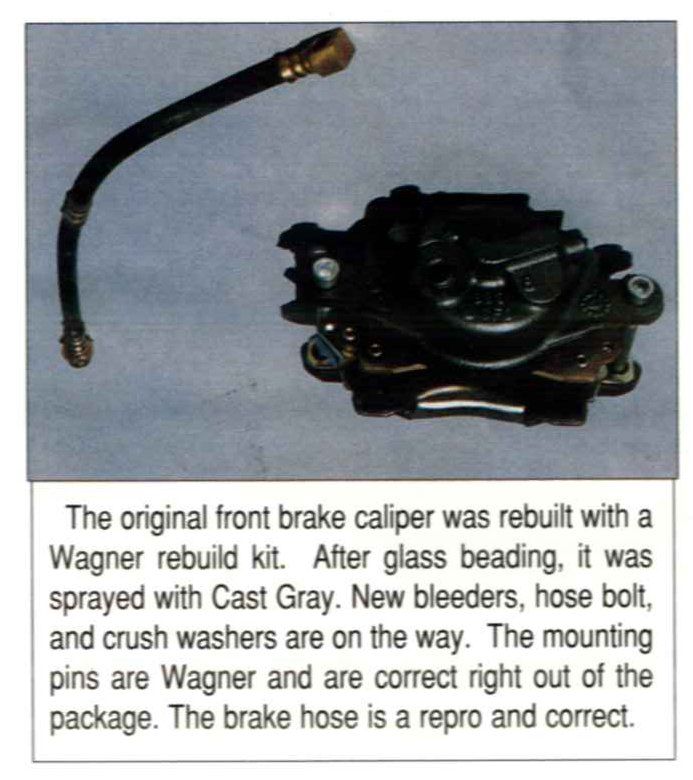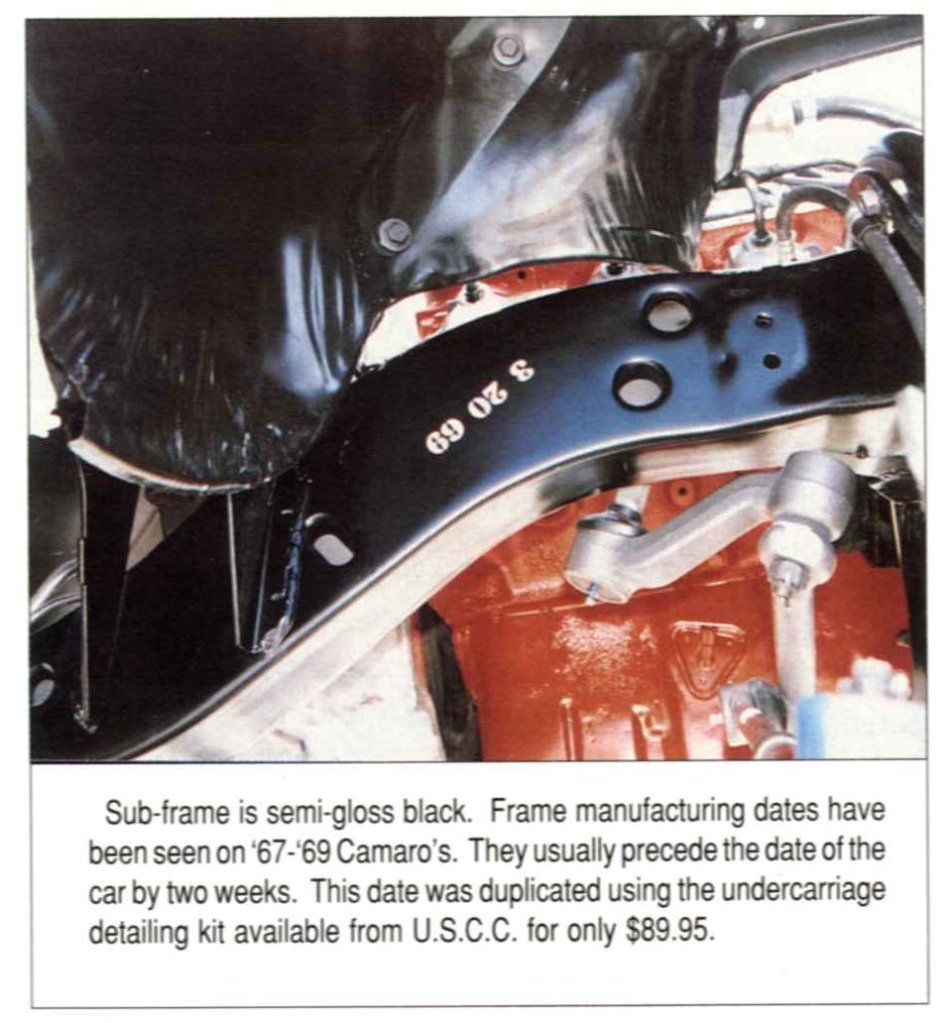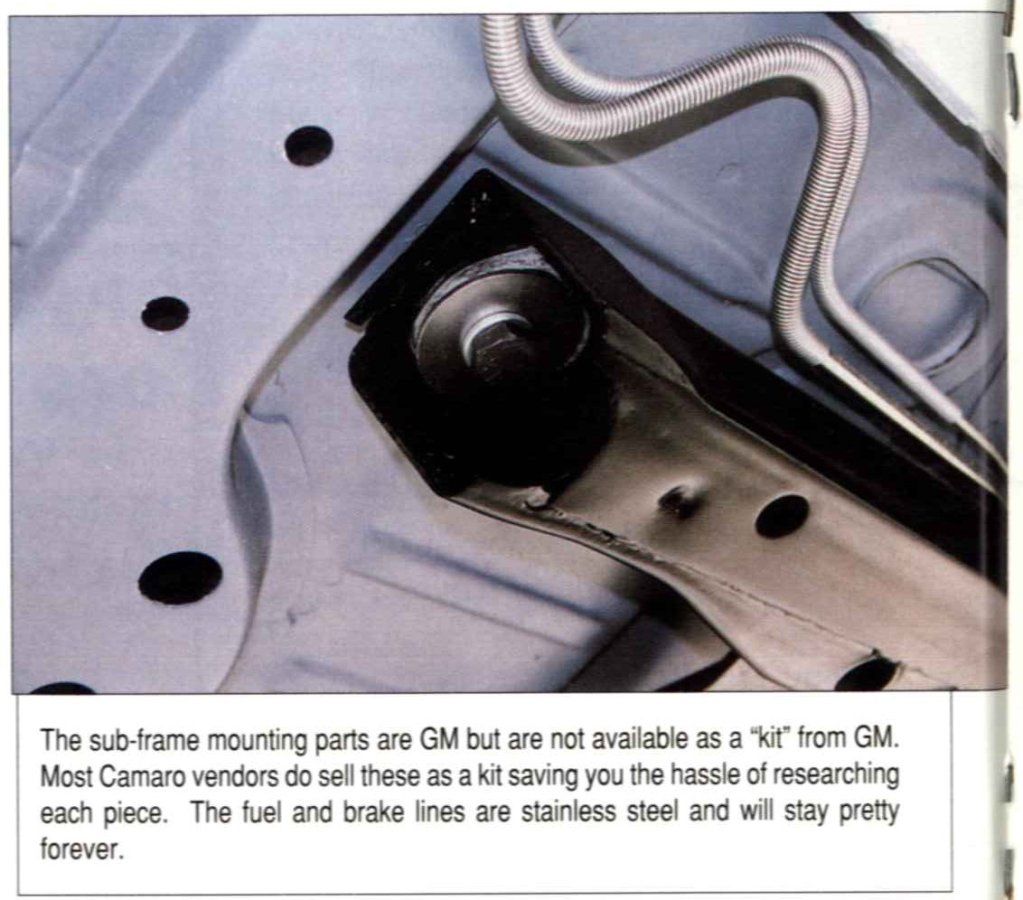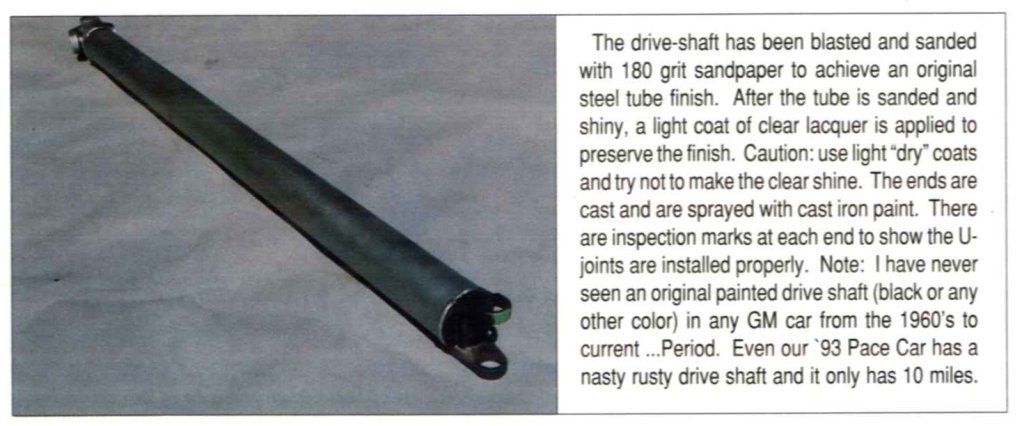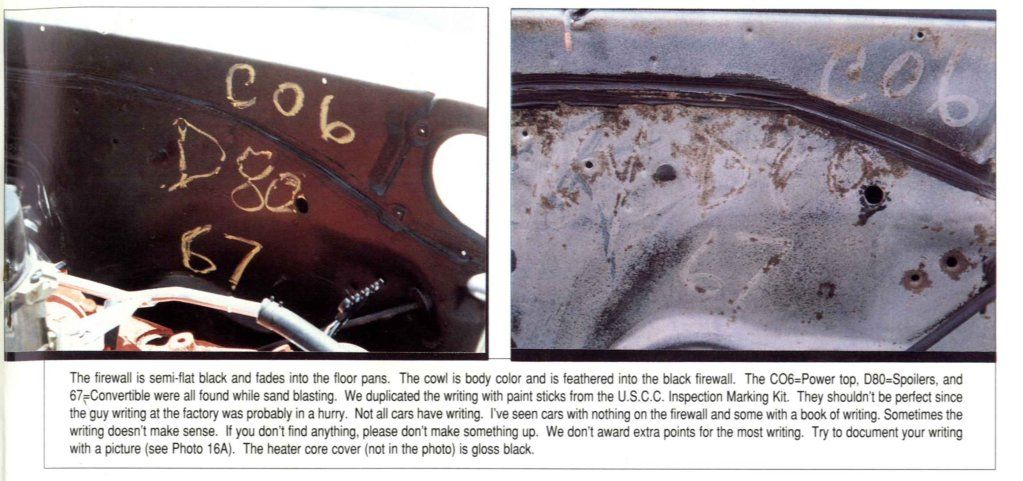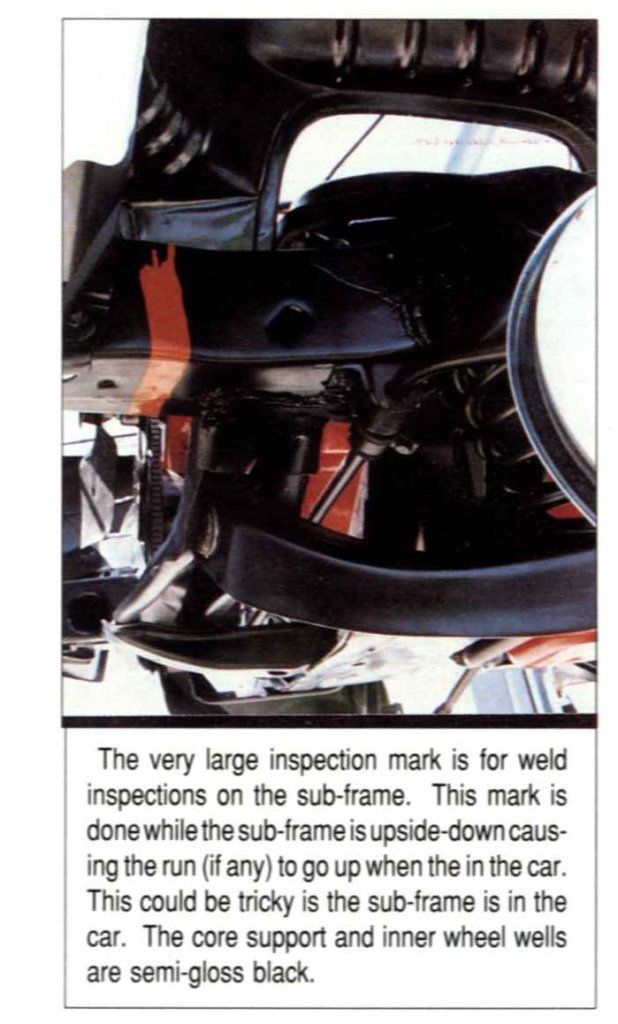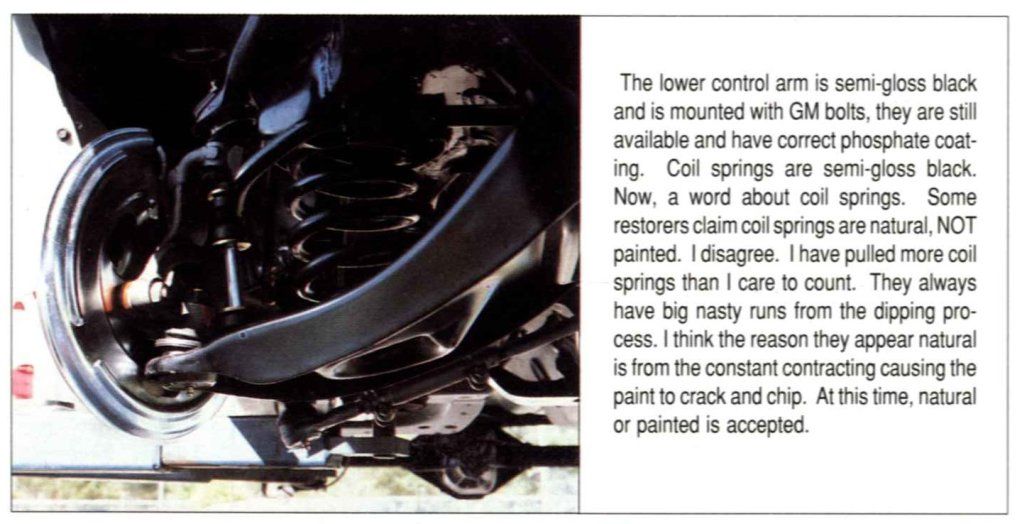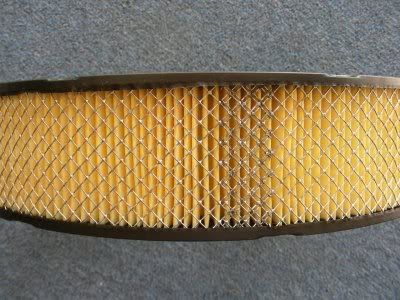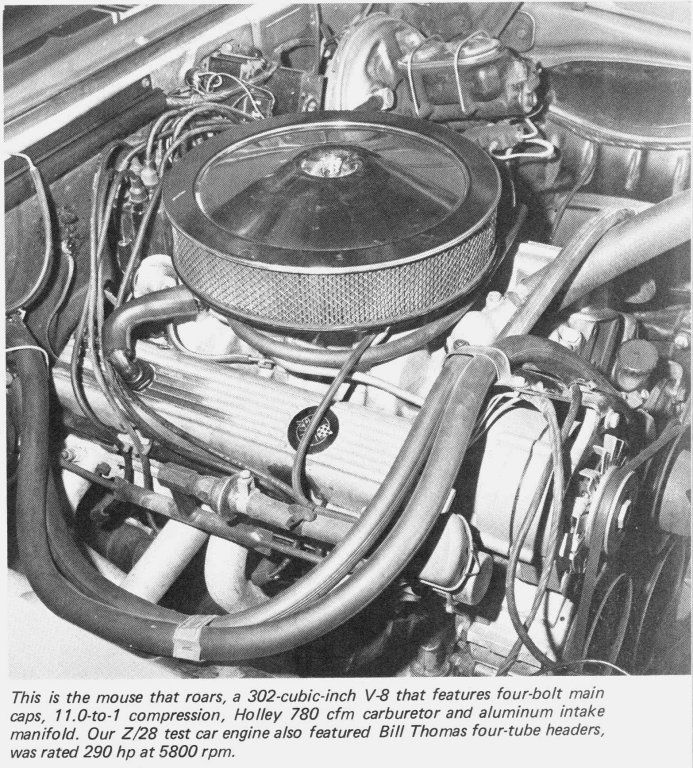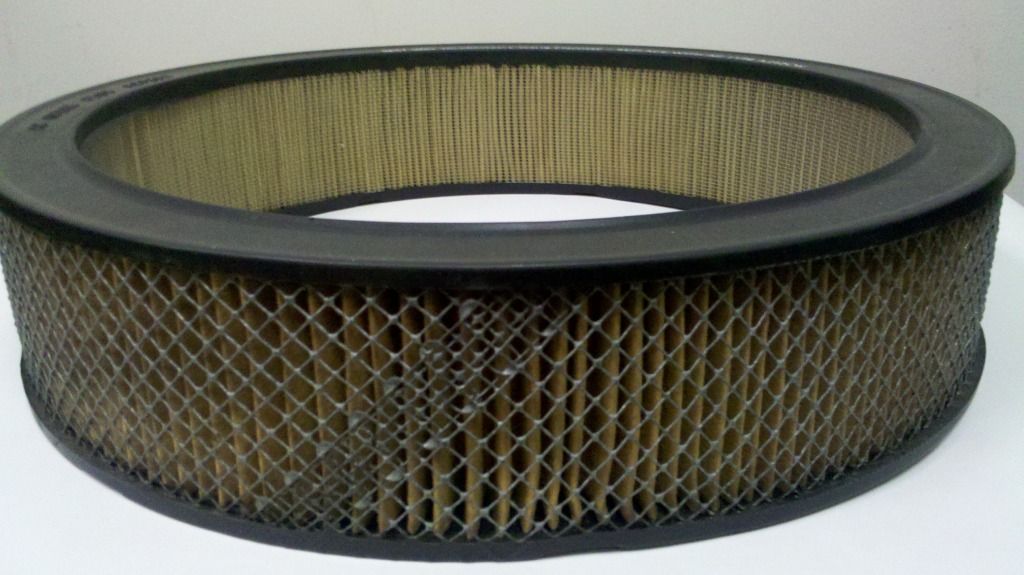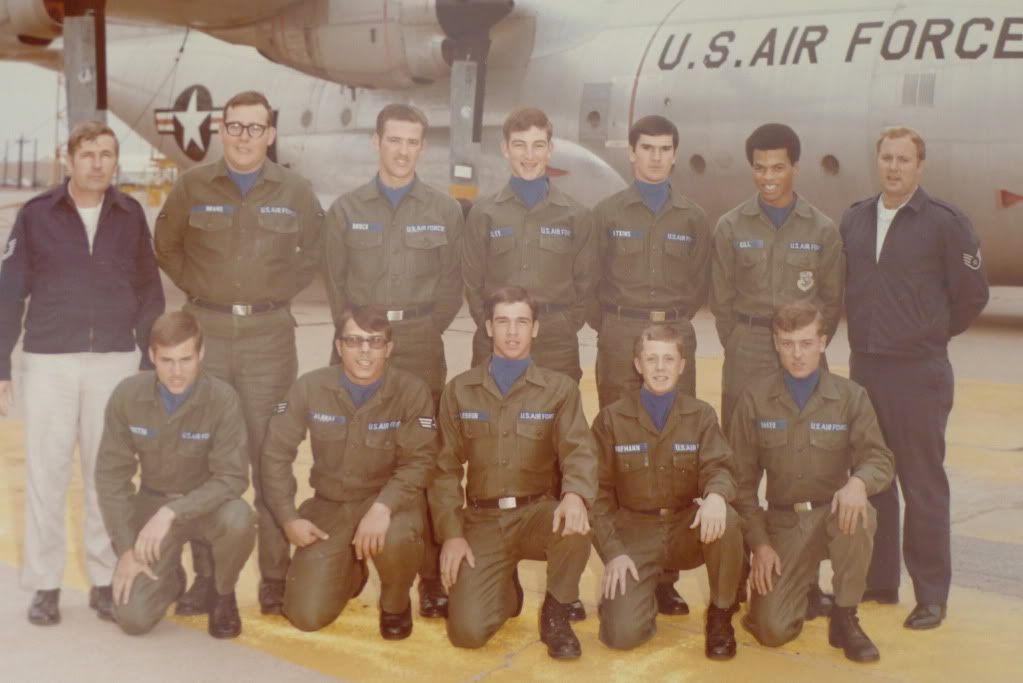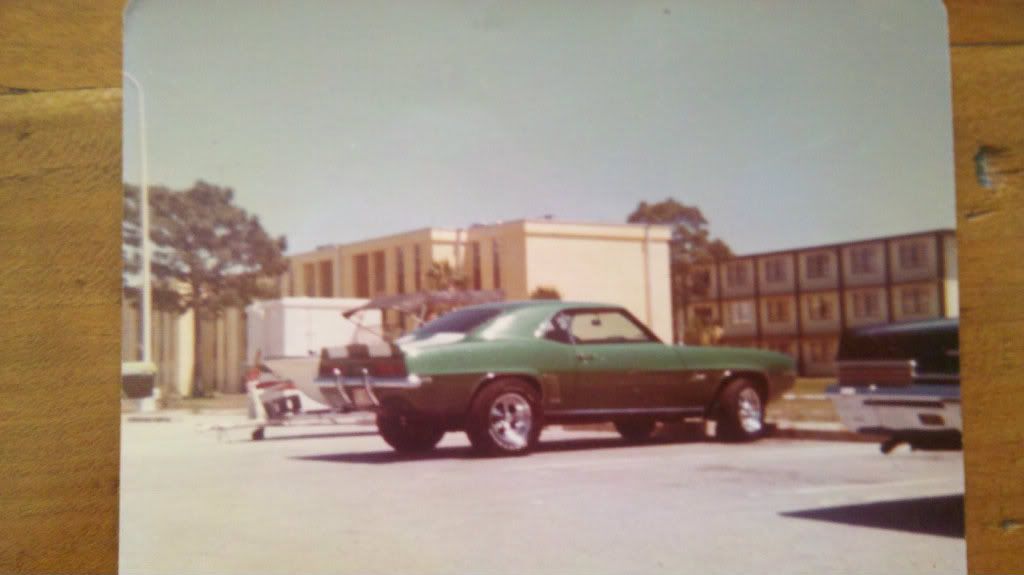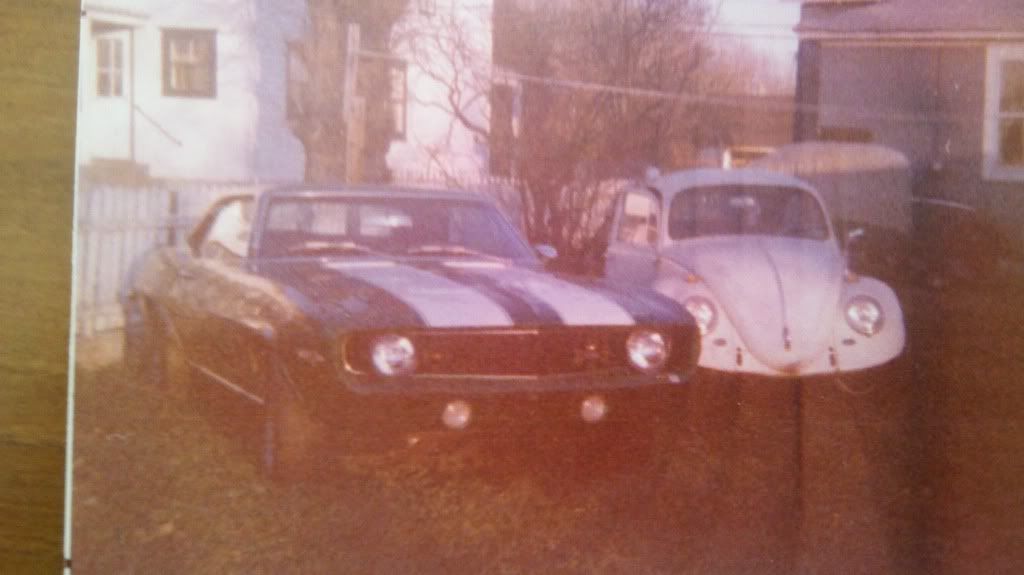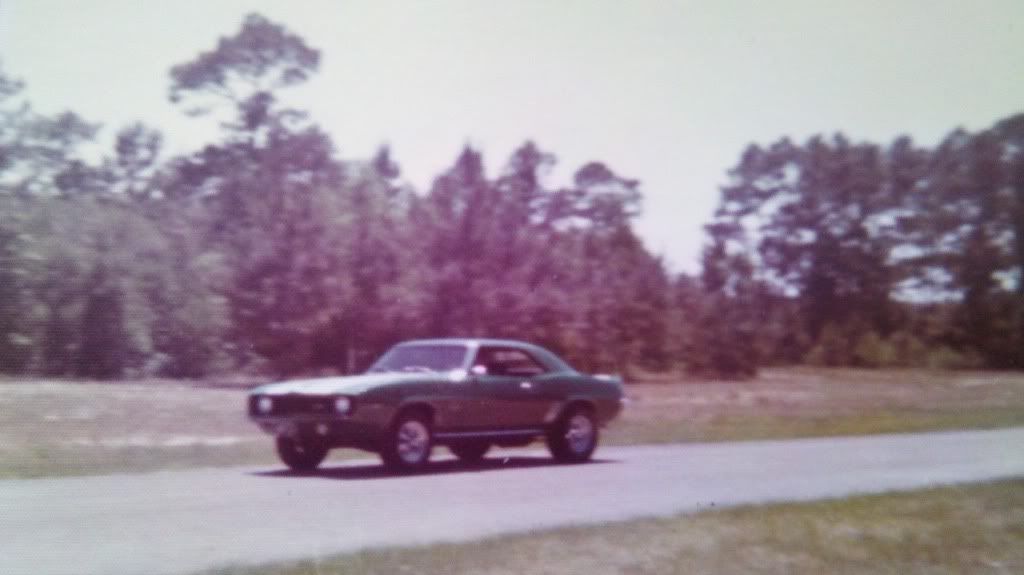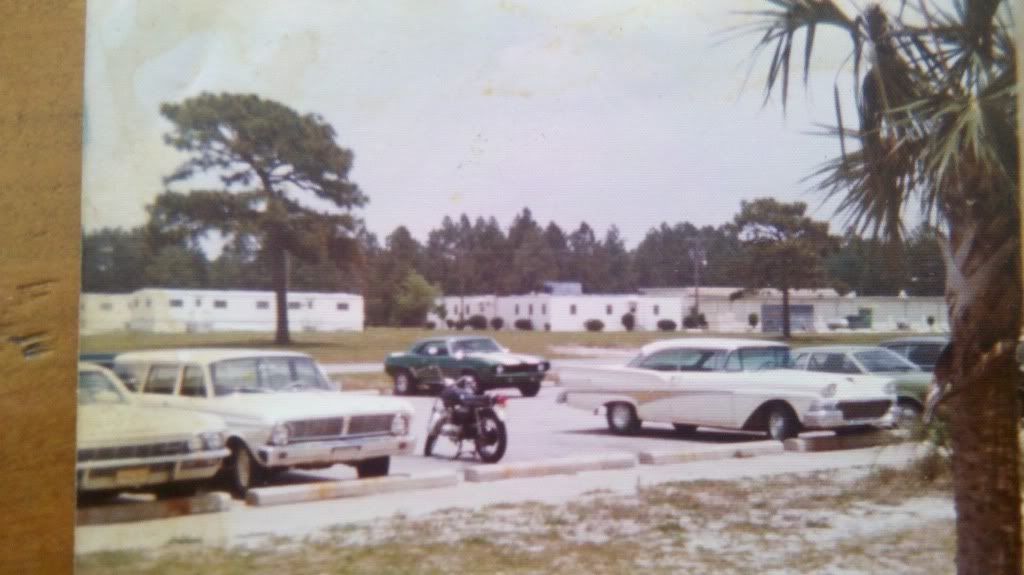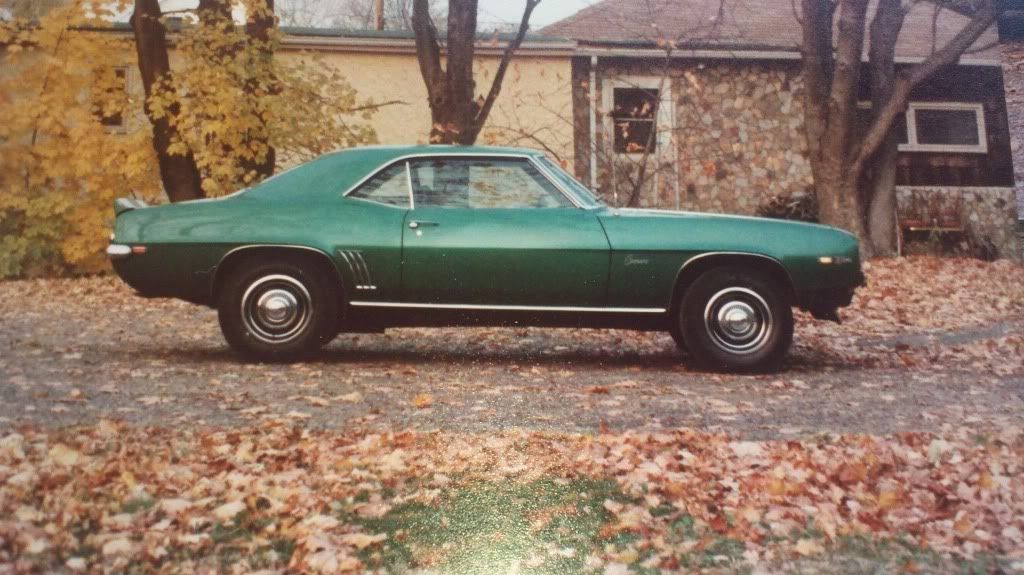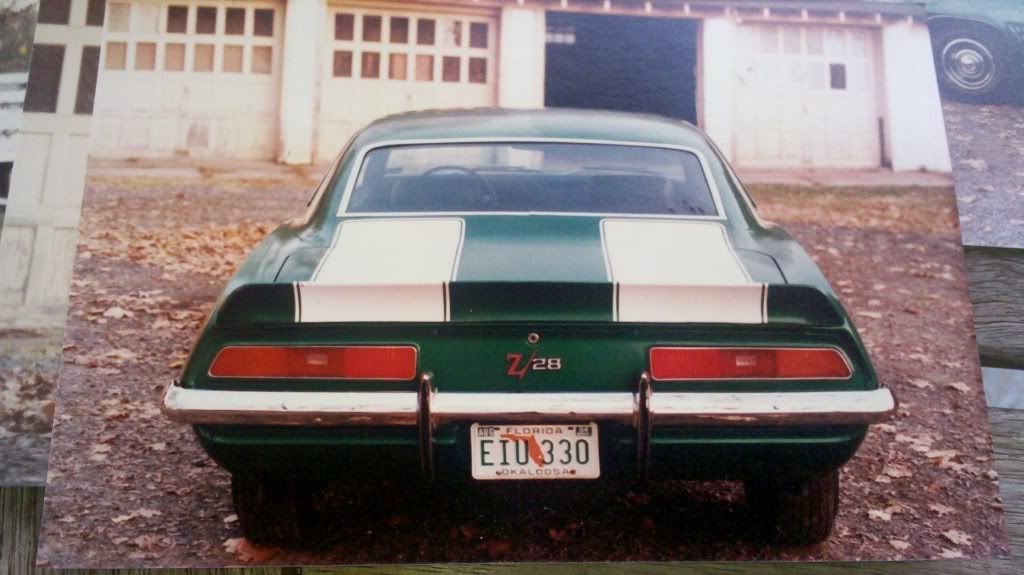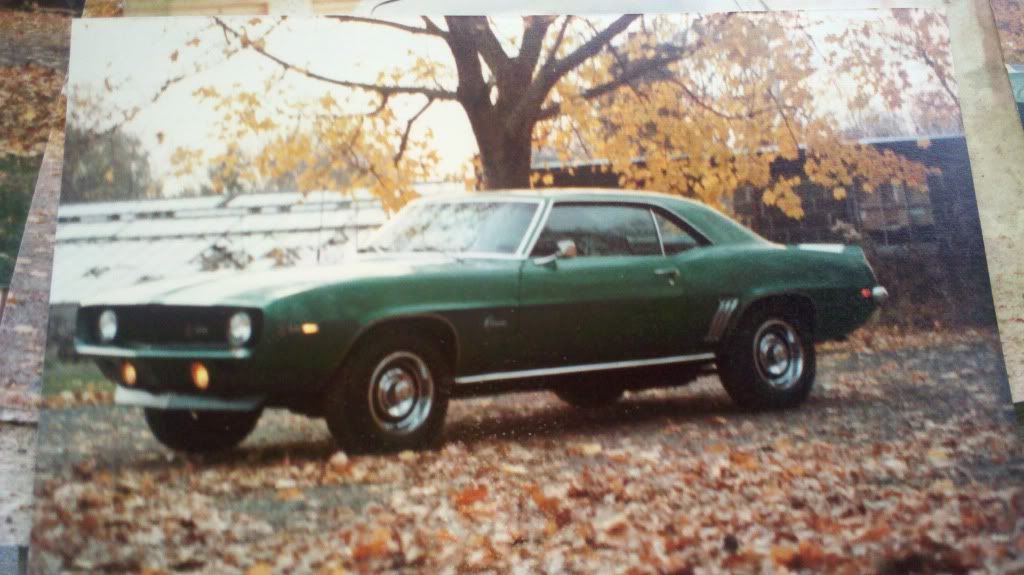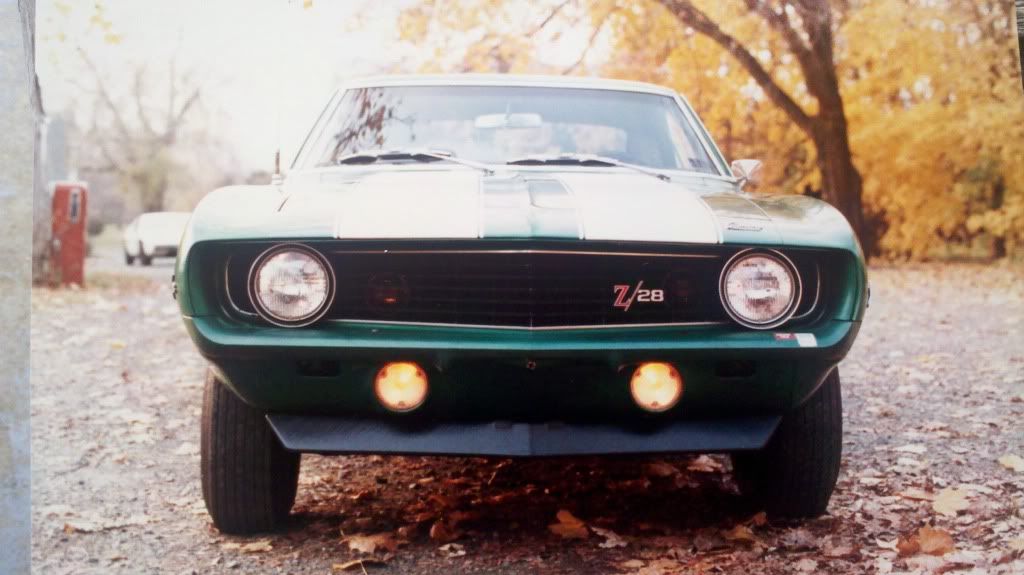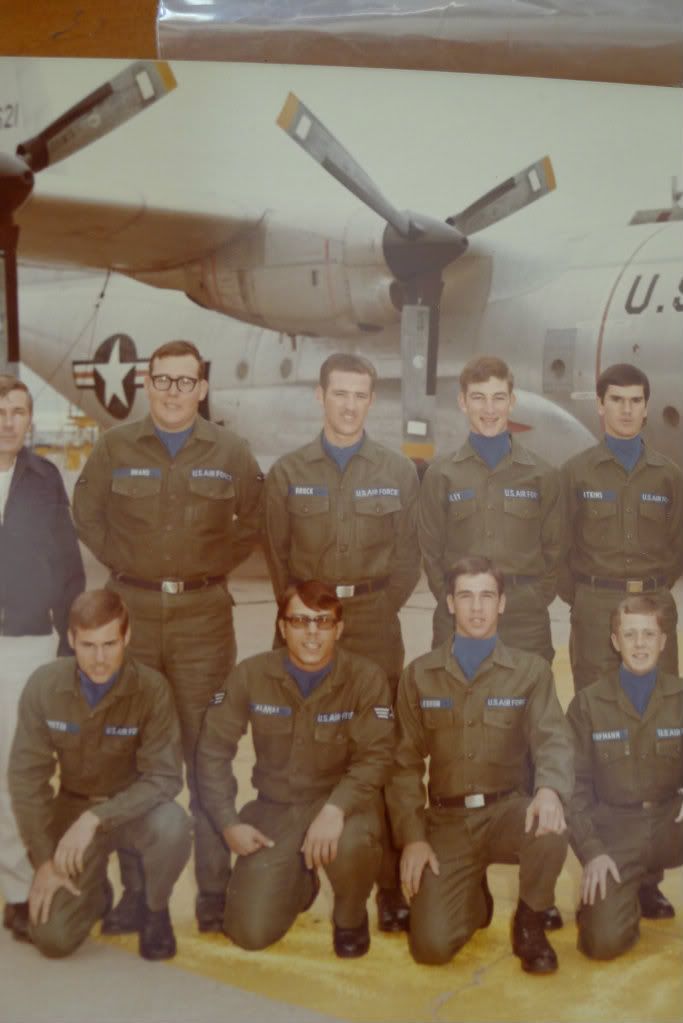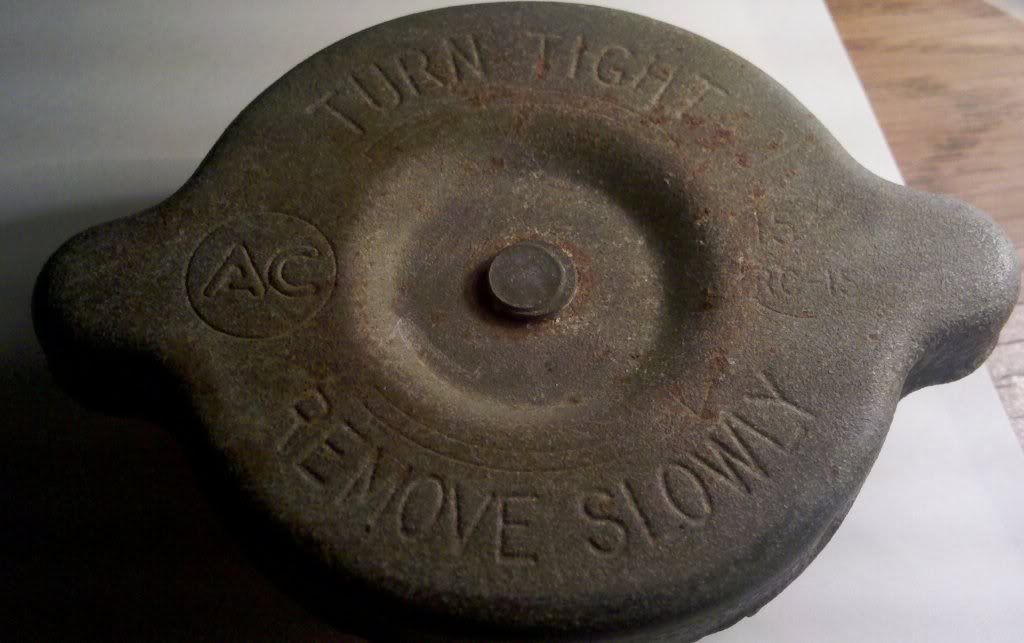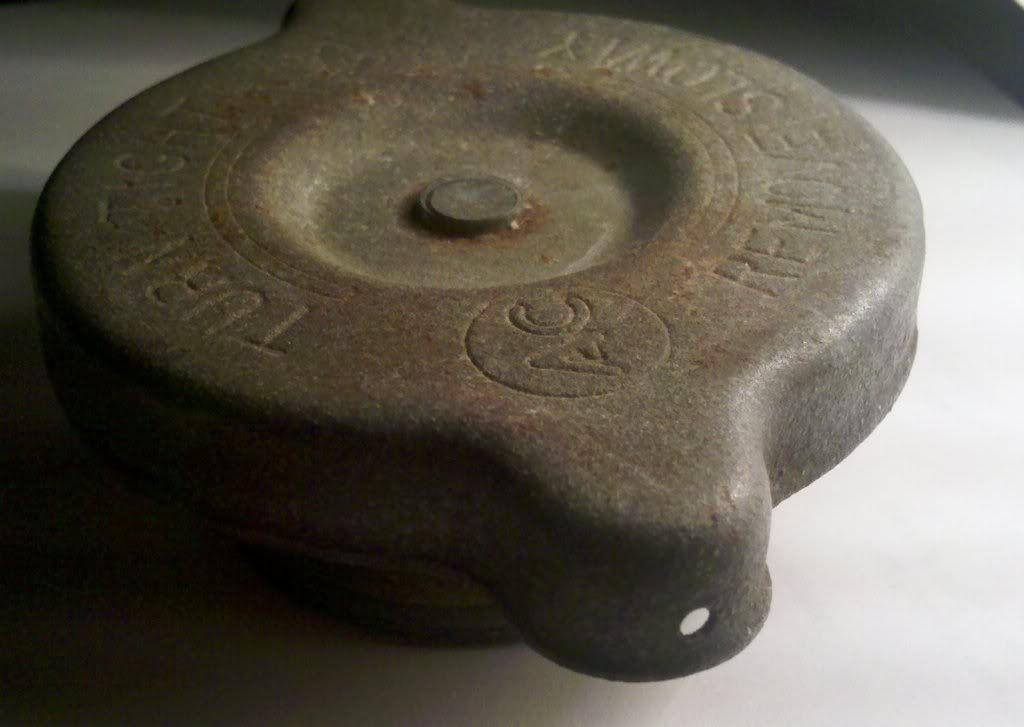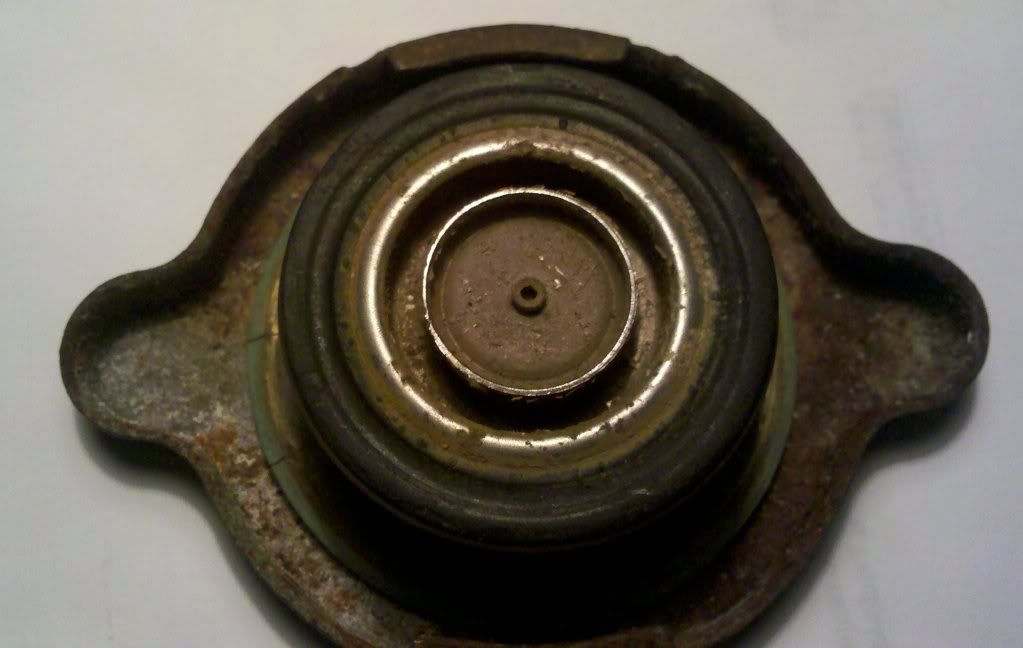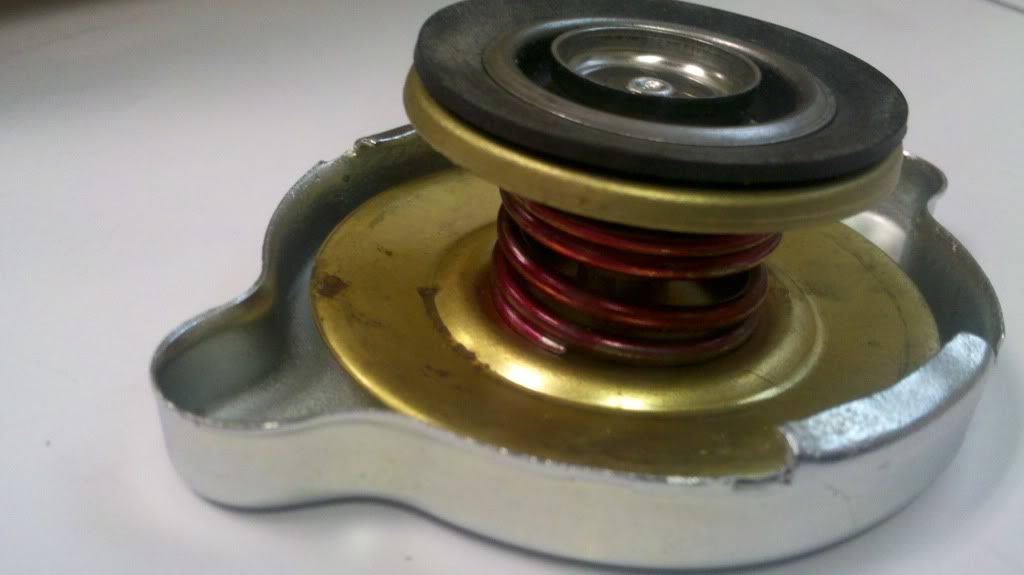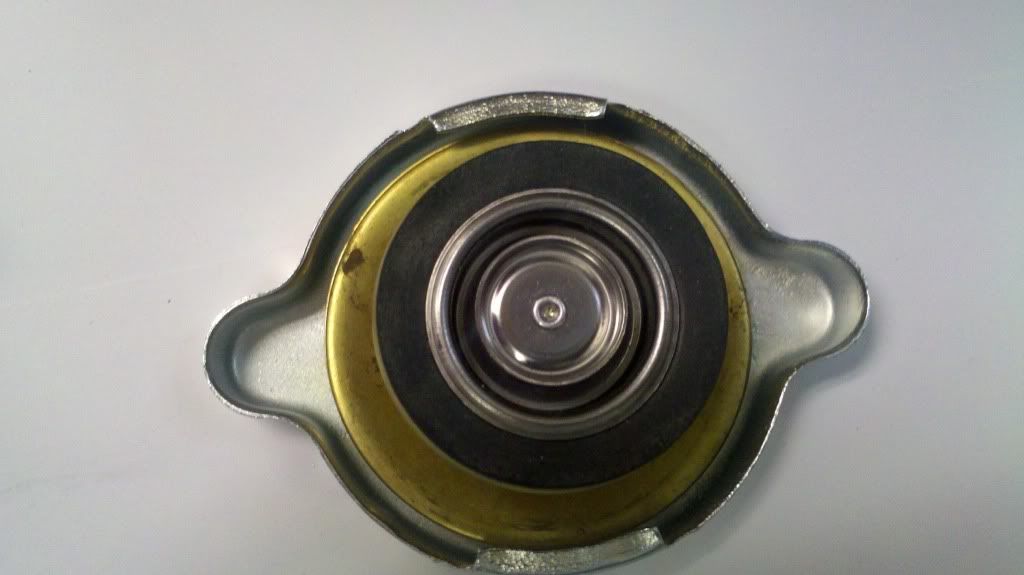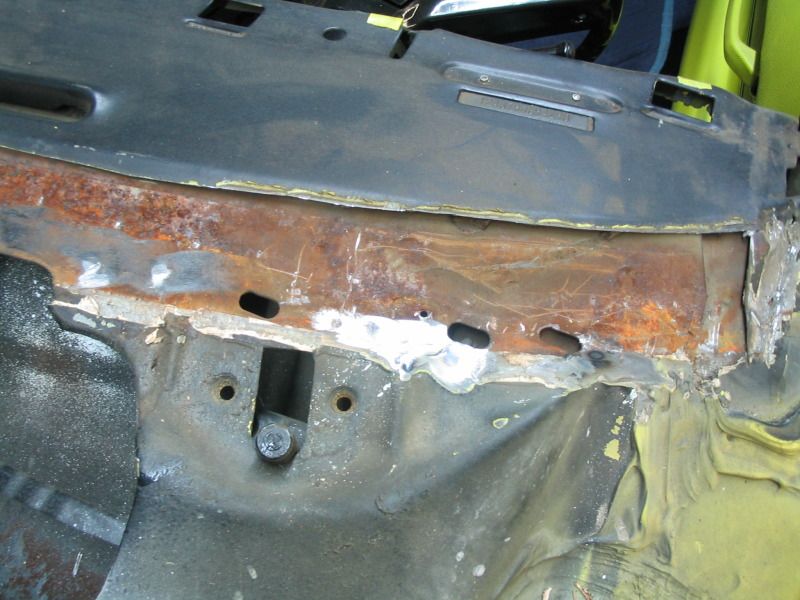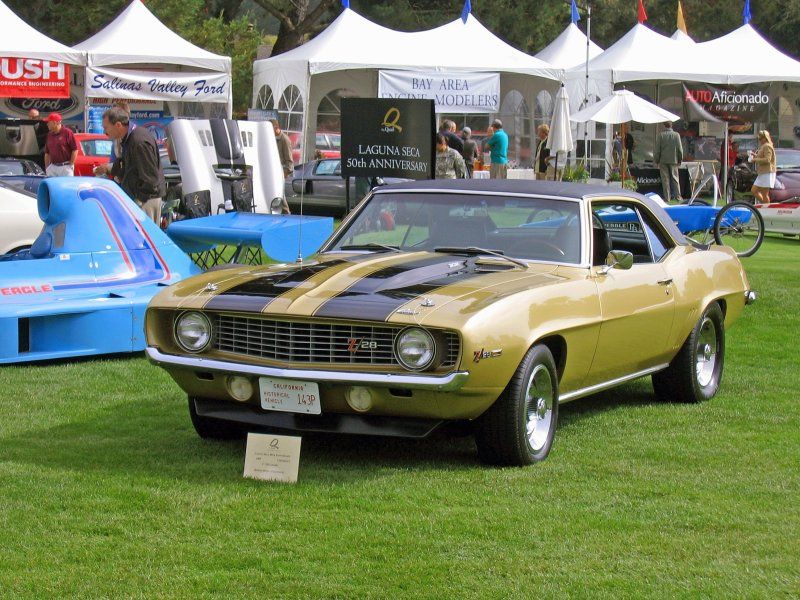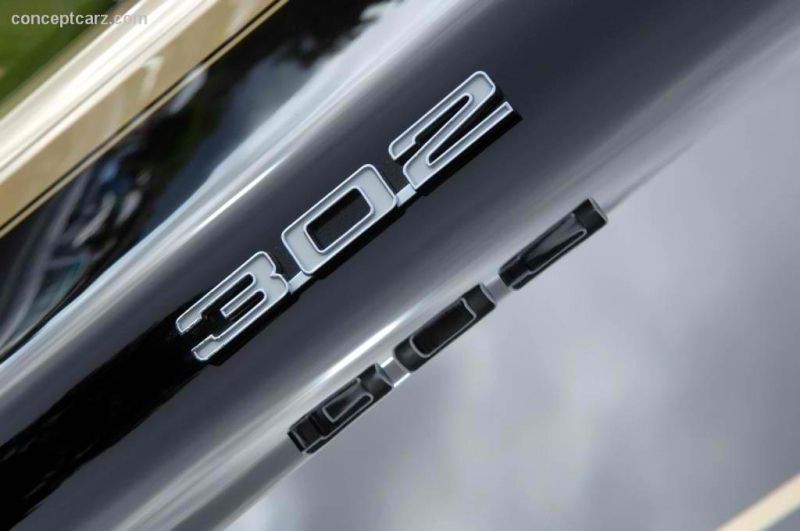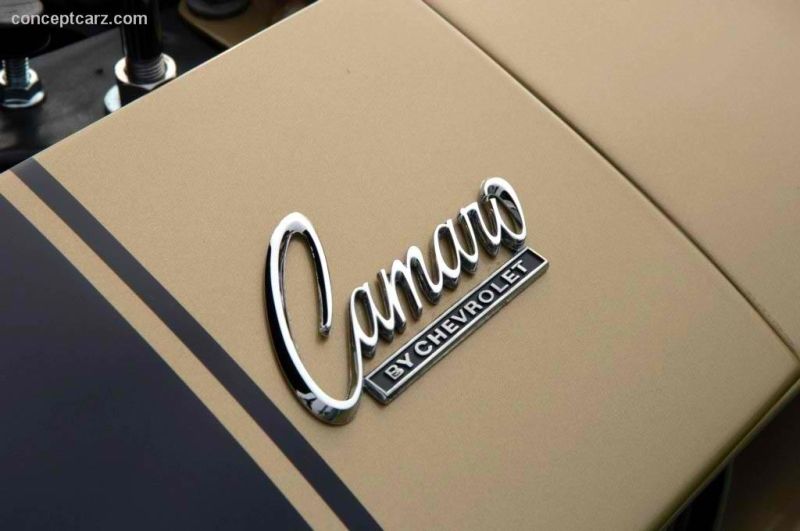Note: the first letter in the part number for the old delco battery is the battery top color, “Y”=Yellow, example Y-55 and “R”=Red, example R59
===========================================================
When I went to the 2012 Camaro Nationals in Maryland a few weeks ago, the first thing I noticed is that almost every Z/28 I saw in both the Legends and Bowtie classes had a reproduction R59 or a reproduction R79S battery in it. It looked like there were red top batteries everywhere and no yellow top batteries. I saw at least 5 of these batteries and probably more but didn’t count them.
According to the CRG near the bottom of this page: CRG battery page
No Z/28 is supposed to have a Red Top battery. A Y55 or Y77 is correct depending on the date the car was made. Jerry MacNeish’s 69 Z/28 book on page 18 says the same thing.
My best guess is that most judged cars all have Red Tops is because no company makes a reproduction Yellow Top.
The Y-55 battery I just bought came in on Monday. It’s a little odd that someone would keep a battery around for 35 to 40 years and never use it. It’s in great NOS condition. Never had acid in it.
And…it’s so so pretty…..for a battery….LOL.
